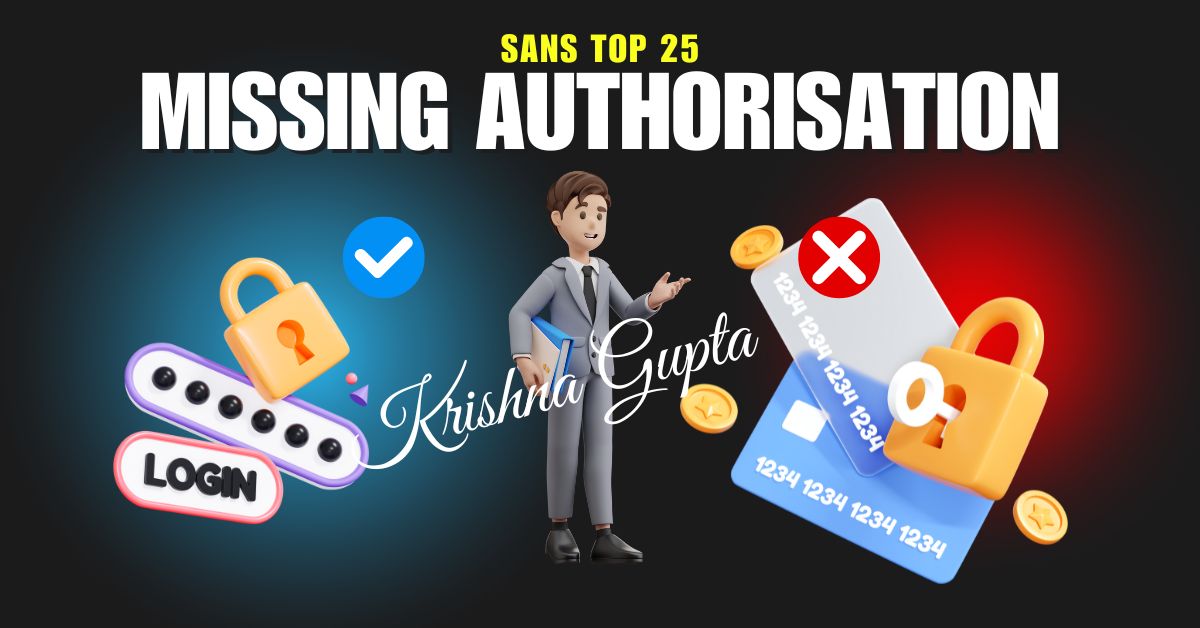In cyber warfare, where the lines between offence and defence constantly blur, a particularly insidious threat looms large: the logic bomb. These malicious code snippets, embedded within legitimate applications, scripts, or systems, are designed to unleash destructive payloads under specific conditions or triggers. For C-level executives responsible for their organisation’s security and reputation, understanding the nature, implications, and countermeasures of logic bombs is paramount.
A logic bomb is a time bomb waiting to go off within a computer system. Code remains dormant until a predetermined condition matches, such as a specific date, time, event, or data input. Once the trigger is pulled, the bomb explodes, executing its malicious payload, which can range from data deletion or corruption to system shutdown or network sabotage.




